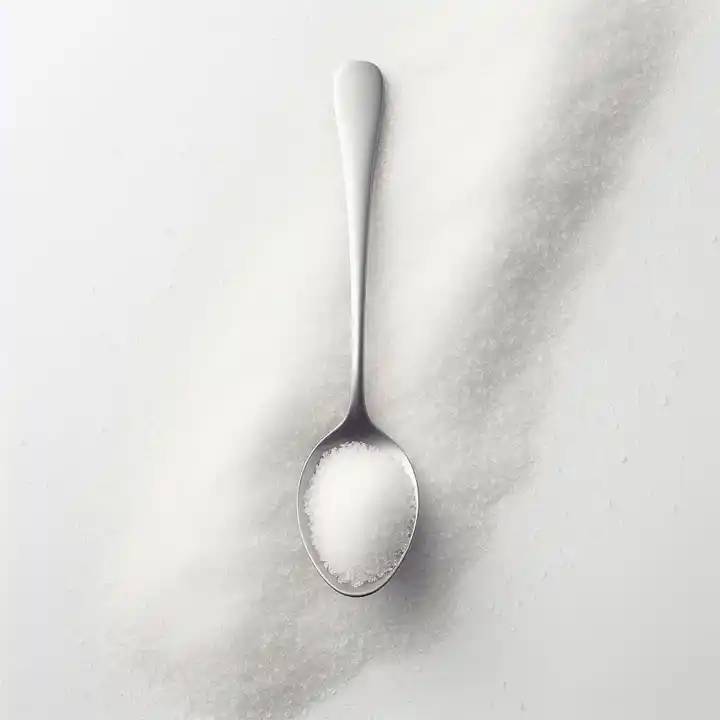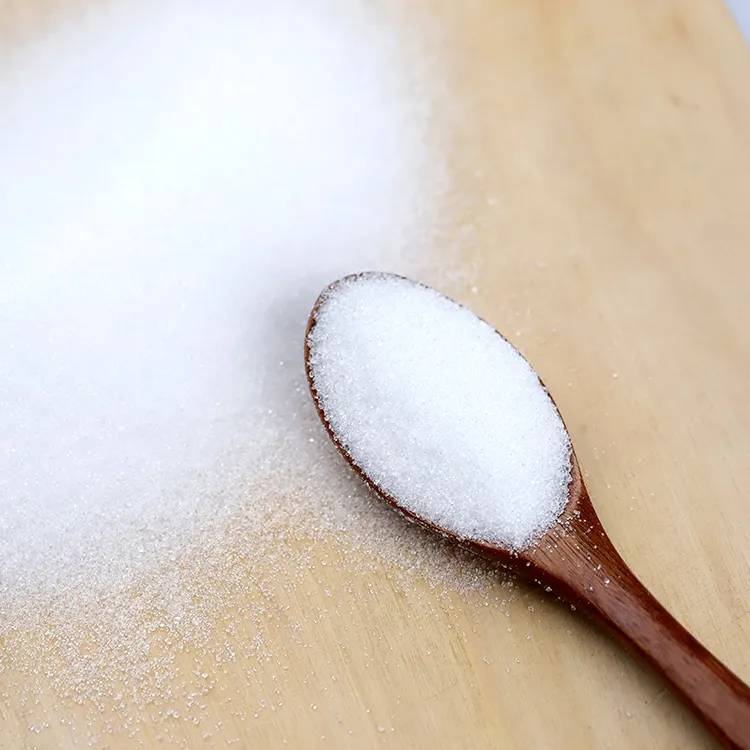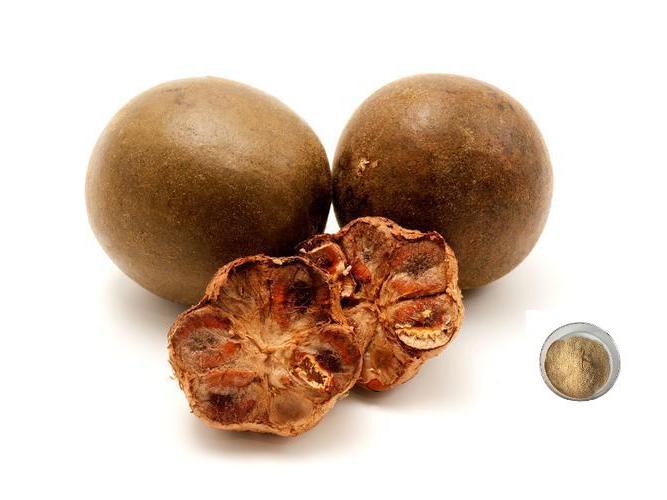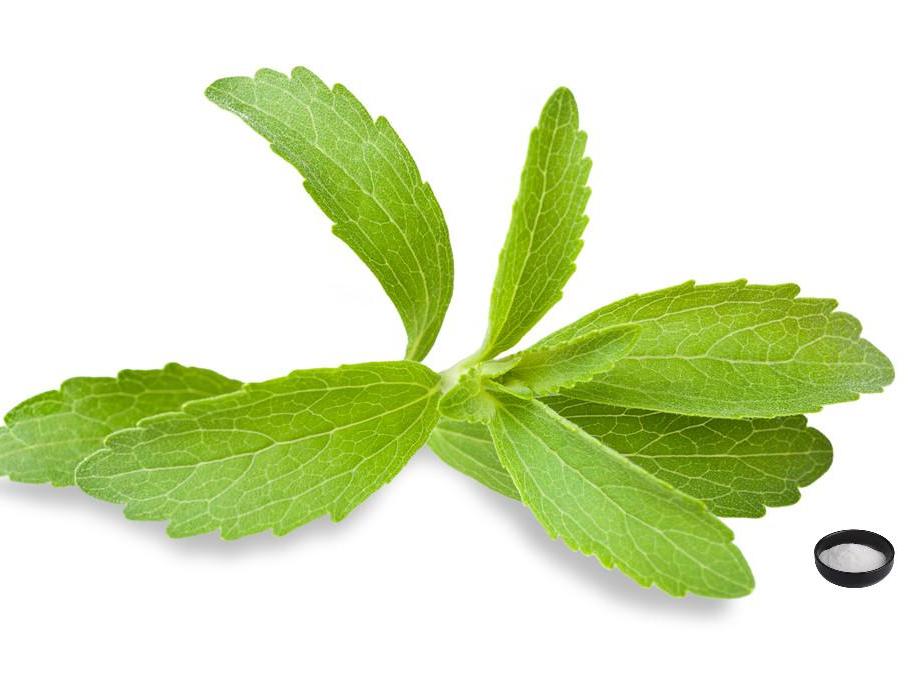D Allulose 99%
CAS:号551-68-8
分析:99%
Testing Method: HPLC
演:白い水晶
残留農薬:(ec) no 396/2005規格に準拠
- 記述
- データシート
- 証明書
-
d alluloseとは?
D Allulose, also known as Allulose, is a diastereomer isolated from the antibiotic Allulose adenosine. Under normal temperature and pressure, allulose appears as a white solid powder that is easily soluble in water. Its aqueous solution is a transparent colorless liquid. D Allulose, as a natural sugar substitute, is found in small amounts in natural foods such as figs, raisins, brown sugar, kiwifruit, etc.
味はスクロースと非常によく似ているが、甘味はスクロースの約70%、カロリーはスクロースの約10%である。D Alluloseは代謝には参加せず、肠内微生物の発酵と運用が低い、胃腸をこわしが生じるものではないこと、もある程度にできる役割が血流を調節するよう砂糖や脂血症を補佐ダイエット中なんで、守ろうと消炎の働きを、がん効果を抑制した。
グリーンスプリング技術は、味、高い安定性、耐熱性、低血糖などの優れた砂糖の代替特性のためにdアロロースパウダーを提供しています。安定性を維持するだけでなく、通常の砂糖と同じメラド反応を生成し、キャラメル風味、湿り、色が完璧な低糖ベーカリー製品を生成し、保水性に基づいてベーカリー製品の寿命を延長し、湿度を維持し、安定した硬度。alluloseは、他の砂糖代替品とのマッチングが難しいという、パン業界の強みを持っています。
2000年に設立されたgreen spring technologyは、お客様に自然で安全な有機植物抽出物を提供することに取り組んでいます。私たちは厳格な内部品質管理プロセスを持っており、品質基準が満たされていることを保証するために、iso、haccpおよび他の品質基準に従って生産を組織します。グリーンスプリングはhalal、kosher、cosmos、brc、ifs、fda、iso9001、iso22000など多くの認証を取得しています。私たちは、信頼できるサードパーティのテストレポートを提供することができます。
规格:
商品名
D Allulose
CASない
551-68-8
化学検査
99%
Testing Method
HPLC
外観
白い水晶
残留農薬
(ec) no 396/2005規格に準拠しています
法が定め
euの規制に準拠しています。
見積もりをお探しですか?Benefits:
High Sweetness, Low Calorie
The sweetness of D Allulose is about 70% of that of sucrose, but the glycaemic index (GI value) and calories are lower than that of sucrose, only 1/10 of sucrose, and the FDA specifies that D Allulose has a calorie content of 0.4kal/g. Most of the Allulose, after entering the human body, will be excreted through the urine or faeces, and after being absorbed by the intestinal tract, little metabolism will occur, and the absence of calorie provision is also its outstanding advantage.
Taste Close to Sucrose
In terms of taste, D Allulose has a soft and subtle sweetness, with a pure sweetness that is very similar to that of high-purity sucrose. The initial stimulation of the taste buds is faster than that of sucrose, and there is no undesirable taste during or after consumption. Moreover, the sweetness does not vary with temperature and exhibits pure sweetness at all temperatures.
Hypoglycaemic
Several studies have demonstrated the hypoglycaemic effects of D Allulose. Male rats were fed sucrose, maltose or soluble starch, and D Allulose or D Fructose was added at the same time by one thousandth of a percent, and it was found that Allulose could inhibit the concentration of glucose in the plasma; it was found in the rat experiments that Allulose would be absorbed into the bloodstream through the small intestine after oral administration, and then discharged from the kidneys, which would not cause fluctuation of blood glucose, and it could also inhibit the activity of α-glucosidase.
Contributes to Anti-Diabetes
OLETF rat experiments conducted by Hossain et al. showed effective control of postprandial blood glucose, body weight and adiposity in the D Allulose group, and immunohistochemistry results indicated that alloxydose induced hepatic glucokinase expression, which resulted in increased hepatic glycogen synthesis. Further studies found that alloxydose slowed down the fibrosis of beta pancreatic islet cells. Extending the experimental period to 60 weeks, it was found that the anti-type 2 diabetic effect of D Allulose was mainly achieved by maintaining blood glucose levels, reducing weight gain, controlling postprandial blood glucose, reducing inflammatory responses, and lowering glycated haemoglobin levels.
Lipid Lowering
Many studies have confirmed that D Allulose can reduce the accumulation of fat in the human body, thus reducing the complications caused by obesity. D Allulose enhances energy metabolism and promotes postprandial fat oxidation in the human body; D Allulose significantly induces the release of glucagon-like peptide-1 receptor and activates vagal afferent signals to reduce food intake, thus controlling a healthy body weight.
Applications:
In the Food Field:
To date, a number of countries around the world have authorised D Allulose as a food usable ingredient, including Japan, Mexico, Singapore, South Korea and the United States. In addition, Allulose has received GRAS safety certification from FEMA and can be used as an edible flavour in beverages and dairy products for flavour and texture modification. The approval of regulations has contributed to its popularity in the global market, and at present, Allulose is mainly used in products such as prepared milks, flavoured fermented milks, pastries, tea drinks and jellies.
For Healthcare Products:
D Allulose lowers blood sugar. Since most of the Allulose is absorbed in the small intestine and excreted from the body through urine, it is not involved in human metabolism, so it is extremely low in calories. At the same time, research has shown that Allulose also has a variety of health care functions, the most significant effect is that Allulose through the enhancement of energy metabolism, to promote the body's postprandial fat oxidation, hypoglycaemic blood sugar and lipid effects, as well as to improve the sensitivity of insulin and glucose tolerance. It is friendly to patients with obesity, diabetes, hypertension and hyperlipidaemia and other diseases related to excessive weight gain, as well as fitness enthusiasts.
-
ダウンロード
dアルロース99% coa


 英語
英語 フランス
フランス スペイン
スペイン ロシア
ロシア 韓国
韓国 日本
日本












